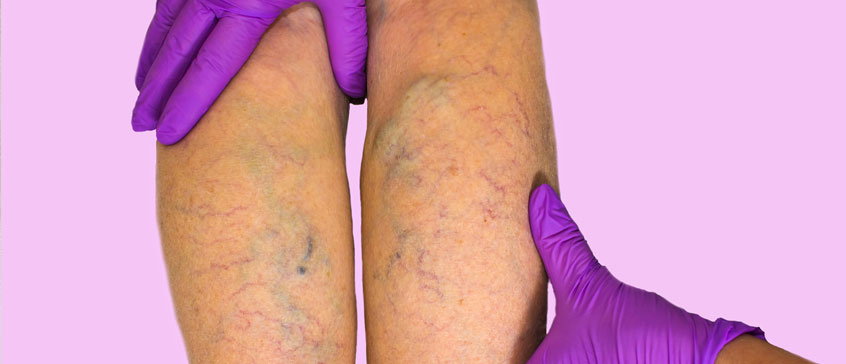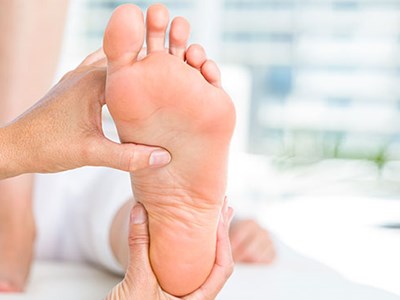Home / Health, Wellness and Safety / News / Chronic Leg Wounds
Chronic Leg Wounds

By Misty Stephens, Wound Management for Health Professionals Instructor
Our health care system is over capacitated and financially over burdened with chronic lower leg complications...as a health care professional, how can you help?
Chronic venous insufficiency is a major health care concern for Canada, affecting approx. 30 per cent of the population. Venous leg ulcers are the most common cause of chronic leg wounds, accounting for up to 70 per cent of all leg ulcers. Half of the affected population had a leg-ulcer history spanning five to 10 years; a third exceeding 10 years. The total direct-care cost of diabetic foot ulcers alone to the Canadian health care system was determined to be approximately $550 million, with an average cost per case at $22,000. Billions of dollars per year are spent caring for patients with these often difficult-to-heal conditions, causing frustration and workplace strain on the health care professionals.
Chronic venous ulcer healing is a complex clinical problem that requires intervention from skilled, multidisciplinary wound care teams. Health professionals need to become involved to assist in assessing and creating care plans that will heal and prevent lower leg complications. The mainstay of treatment for venous ulceration and chronic venous disease is compression therapy, for which there is strong evidence in healing and prevention. Compression stockings require health care professionals to have a full understanding of the principles of compression therapy. Proper application and prescriptions are needed to avoid adverse effects of compression, especially in the presence of arterial disease, diabetes, infection, etc.
With additional education, such as UVic’s Wound Management for Health Professionals Level II course, our BC health professionals can assist in diagnosing and treating this chronic condition, and overall improving the quality of life for our clients and significantly reducing our health care expenditures.
High-Risk Foot, Level I
This November, Misty Stephens will be teaching a course on The High Risk Foot. Learn the anatomy of the foot, recognize common presentations that may increase risk, identify the patient with a high risk foot, and acquire knowledge and skills to respond effectively.
Registration information
Information was obtained from WoundsCanada.ca, July 2019.
- https://www.woundscanada.ca/docman/public/health-care-professional/bpr-workshop/671-prevention-and-treatment-of-venous-leg-ulcers-updated-2006/file
- https://www.woundscanada.ca/leader-change-maker/overiew/burden-of-wounds-in-canada
- Posted August 21, 2019
RELATED TOPICS: Professional Development for Health Practitioners
Visit Registration
2nd Floor | Continuing Studies Building University of Victoria Campus 3800 Finnerty Road | Victoria BC | CanadaTel 250-472-4747 | Email uvcsreg@uvic.ca
2025 © Continuing Studies at UVic
Legal Notices |
Sitemap

